The Morning Rush: Breakfast on Beijing’s Boulevards


As dawn breaks in Beijing, the city’s street food vendors are already hard at work. According to a 2024 report by the China Cuisine Association, more than 70% of Beijing’s urban residents buy breakfast from street stalls at least twice a week. Jianbing, a savory crêpe filled with egg, scallions, and crispy crackers, is sold at over 15,000 stalls citywide. The aroma of fresh soy milk, steaming baozi, and youtiao (fried dough sticks) fills the air, drawing office workers, students, and retirees alike. Vendors often operate from makeshift carts or tiny booths, sometimes braving temperatures below freezing in winter. In 2023, contactless payment systems became the norm, with over 90% of vendors accepting WeChat Pay or Alipay. The morning chaos is a testament to the city’s relentless pace and the essential role street food plays in daily life.
Shanghai’s Night Markets: Where Neon Meets Nostalgia
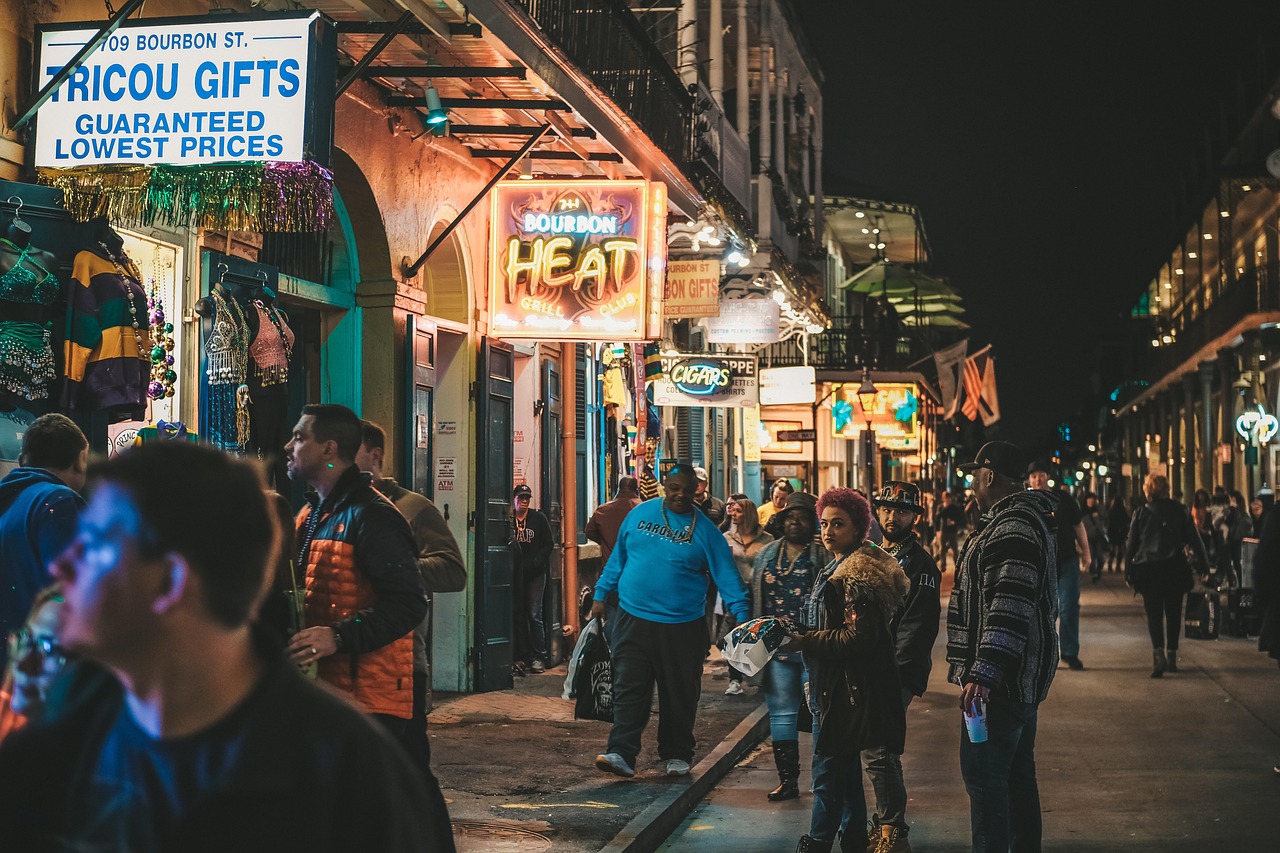

Shanghai’s night markets have seen a dramatic resurgence since 2022, with the city government officially recognizing 56 major evening food districts. These markets, such as the famed Shouning Road, attract about 120,000 visitors nightly during peak season, as reported by the Shanghai Commerce Bureau. Here, locals and tourists line up for grilled crayfish, spicy skewers, and stinky tofu, a polarizing delicacy that remains a top seller, moving an estimated 2.5 tons per week. Recent surveys show that 62% of vendors are second-generation stall owners, blending traditional recipes with Instagram-worthy plating. Neon lights, sizzling woks, and the constant hum of conversation create a sensory overload, yet every dish is prepared with meticulous care. The city’s relaxed post-pandemic regulations have allowed new entrepreneurs to join the fray, ensuring the market’s vibrancy and variety.
Chengdu’s Spice Revolution: The Reign of Mala
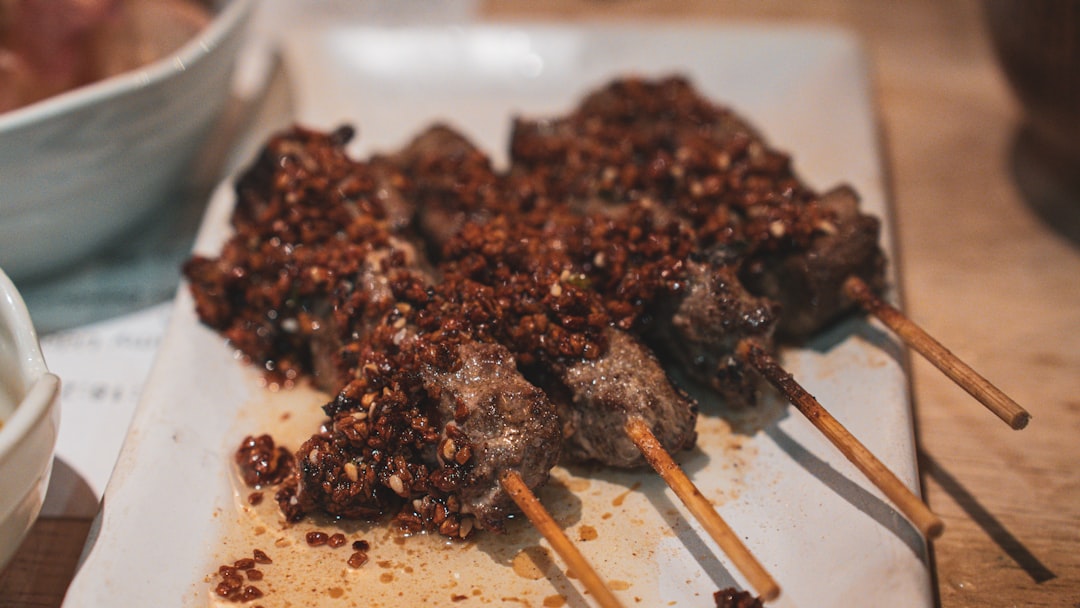

Chengdu, the capital of Sichuan province, is synonymous with bold, spicy flavors. A 2024 culinary study from Sichuan University found that 78% of local street food dishes incorporate mala, a numbing and spicy seasoning made from Sichuan peppercorns and chili oil. The city’s Jinli Ancient Street alone boasts over 100 food stalls, serving everything from rabbit head to dan dan noodles. In 2023, Chengdu’s street food sector generated over 13 billion yuan (about $1.8 billion USD), a 22% increase from the previous year, according to the local tourism board. The city’s open-air hotpot stalls, often packed until after midnight, draw crowds eager to test their spice tolerance. Vendors compete to invent new combinations, using fresh, locally sourced ingredients from the nearby Chengdu Plain. The mala experience here isn’t just a taste—it’s a cultural ritual that unites generations.
Guangzhou’s Dim Sum on the Go: Steaming Ahead
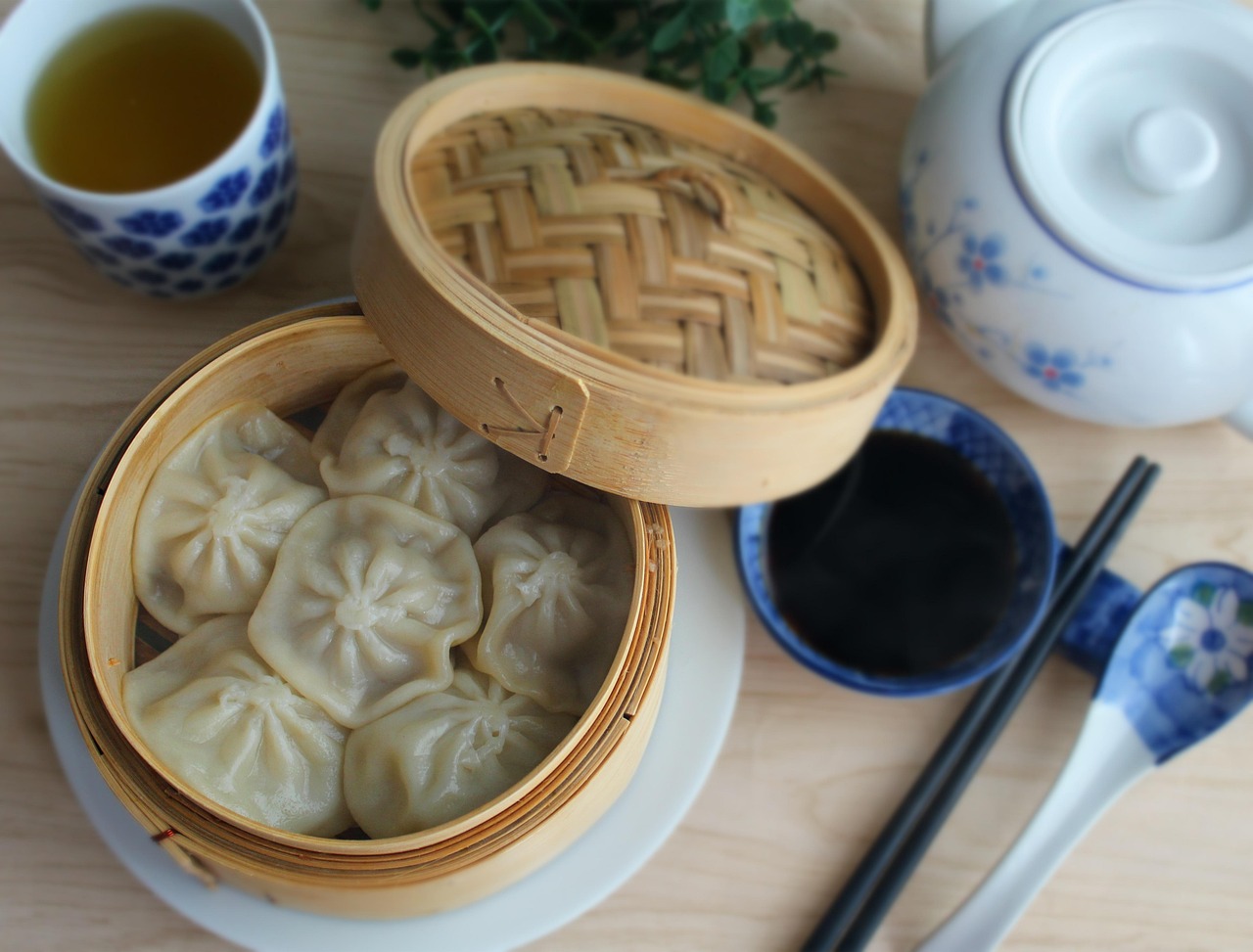

Guangzhou’s street food scene is dominated by its legendary dim sum culture, but unlike the formal tea houses, these delicacies are served hot and fast from roaming carts and open-air stalls. The Guangzhou Food Service Association reported in early 2024 that street-side dim sum sales rose by 17% year-over-year, with har gow (shrimp dumplings) and siu mai (pork dumplings) leading the pack. More than 8,000 licensed vendors operate across the city, especially in the Liwan and Yuexiu districts. These vendors use mobile steamers powered by compact gas canisters to keep dumplings piping hot, catering to a steady stream of office workers and families. Since late 2023, food safety standards have tightened, resulting in 12% fewer foodborne illness reports tied to street vendors. The city’s culinary authorities now conduct regular surprise inspections, making street dim sum both delicious and trustworthy.
Xi’an’s Muslim Quarter: A Melting Pot of Flavors
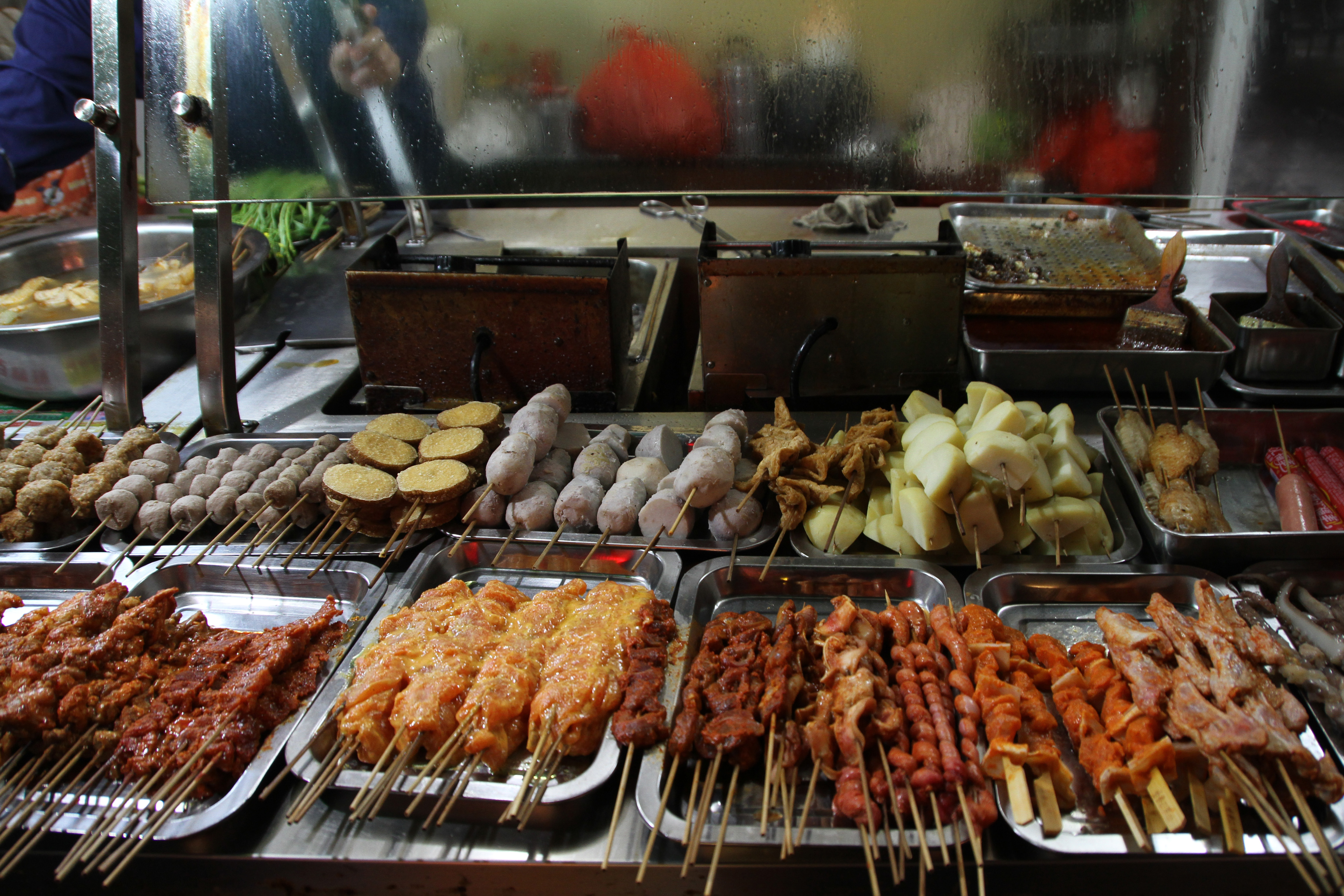

Xi’an’s Muslim Quarter, home to more than 60,000 Hui Muslim residents, has become a culinary pilgrimage site. According to 2024 data from the Shaanxi Provincial Tourism Development Commission, this bustling area attracts over 35 million food lovers annually. Roujiamo, often dubbed the “Chinese hamburger,” is the star attraction, with more than 200,000 sold weekly at just 40 stalls. Lamb skewers, biangbiang noodles, and persimmon cakes are also in constant demand. The area is renowned for its blend of Middle Eastern spices and traditional Shaanxi flavors, reflecting centuries of Silk Road exchange. Over 80% of the stalls are family-run, with recipes passed down for generations. A recent survey found that 67% of tourists visit Xi’an primarily for its street food, underscoring its status as a culinary icon.
Wuhan’s Breakfast Culture: Doupi and Re Gan Mian
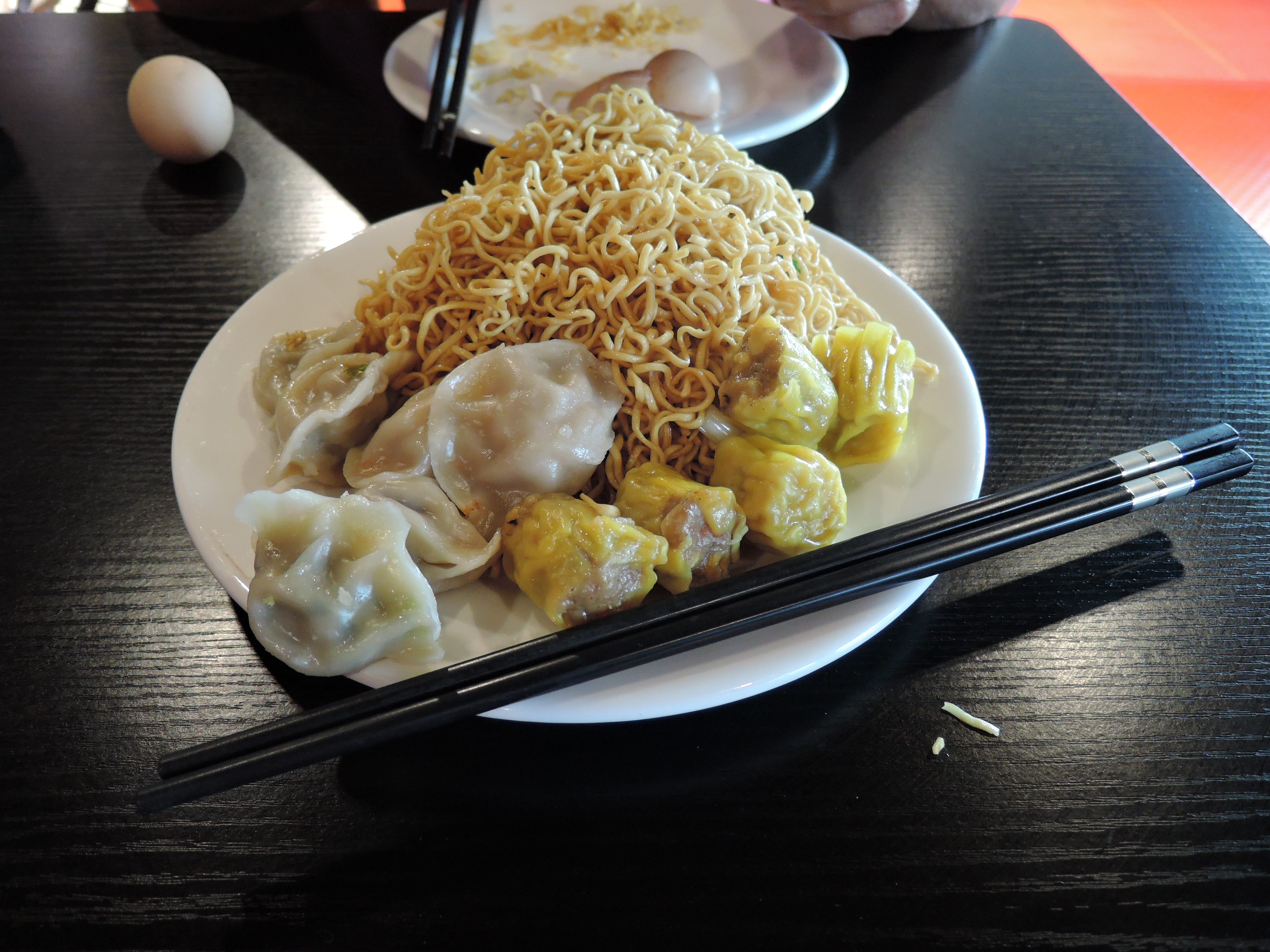

Wuhan is celebrated for its unique breakfast culture, famously known as “Wuhan’s Morning Market.” In March 2024, the Wuhan Municipal Bureau of Commerce reported that the city’s 6,000-plus breakfast vendors serve more than 1.2 million customers daily. Doupi, a sticky rice and minced pork patty wrapped in bean curd skin, and re gan mian, a hot dry noodle dish, top the list of local favorites. Food stalls cluster around bustling intersections and subway exits, creating a maze of aromas and chatter. Recent health department data shows that 94% of Wuhan’s breakfast vendors now operate with full health certifications, up from 79% in 2022. The city’s breakfast economy generates an estimated 5.6 billion yuan ($780 million USD) annually. Locals say skipping breakfast isn’t just a missed meal—it’s a missed cultural experience.
Hangzhou’s Sweet Tooth: Snacks by West Lake
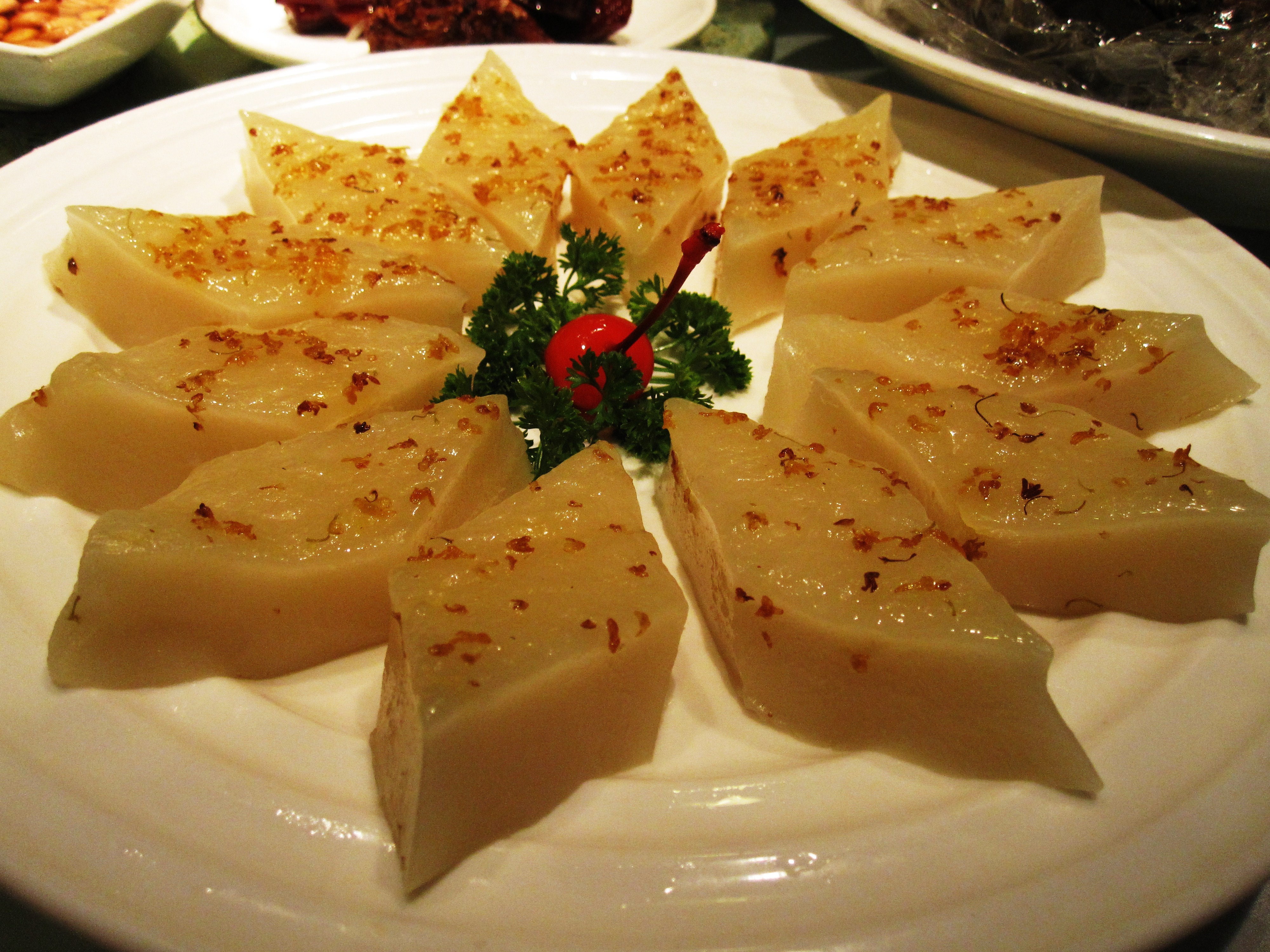

Hangzhou’s West Lake is more than a scenic attraction; it’s a hotspot for sweet street snacks. In 2024, the Hangzhou Tourism Committee documented a 31% surge in street food sales near West Lake, with over 3.5 million visitors sampling candied lotus root, osmanthus cakes, and dragon’s beard candy during the spring blossom season. Vendors, often dressed in traditional attire, hand-pull sugar strands and steam glutinous rice treats on the spot. The local government has designated 12 official “snack streets” in the city, each offering a curated selection of Hangzhou specialties. According to market research, sweet snacks account for 48% of all street food sales in the area. Vendors have also adapted to modern tastes, offering sugar-free and vegan options to appeal to health-conscious tourists, a trend that’s grown 14% since 2022.
Harbin’s Winter Wonders: Frozen Treats in Subzero Temperatures


Harbin, the capital of Heilongjiang province, transforms into a street food wonderland each winter, even as temperatures plunge to -30°C (-22°F). The 2025 Harbin Ice Festival, which drew over 18 million visitors, saw street vendors selling ice cream, frozen fruit skewers, and candied hawthorns—often enjoyed outdoors despite the chill. A local consumer survey found that 83% of visitors consider sampling street snacks a festival highlight. Vendors use open flames and portable ovens to prepare hot dishes like smoked sausages and fried dumplings right on the ice. The city’s food safety office reported a 99% compliance rate among festival vendors this year, thanks to strict licensing. The juxtaposition of steaming and frozen treats, combined with dazzling ice sculptures, makes Harbin’s street food scene uniquely magical.
Shenzhen’s Tech-Driven Food Trucks: The Future of Fast Food
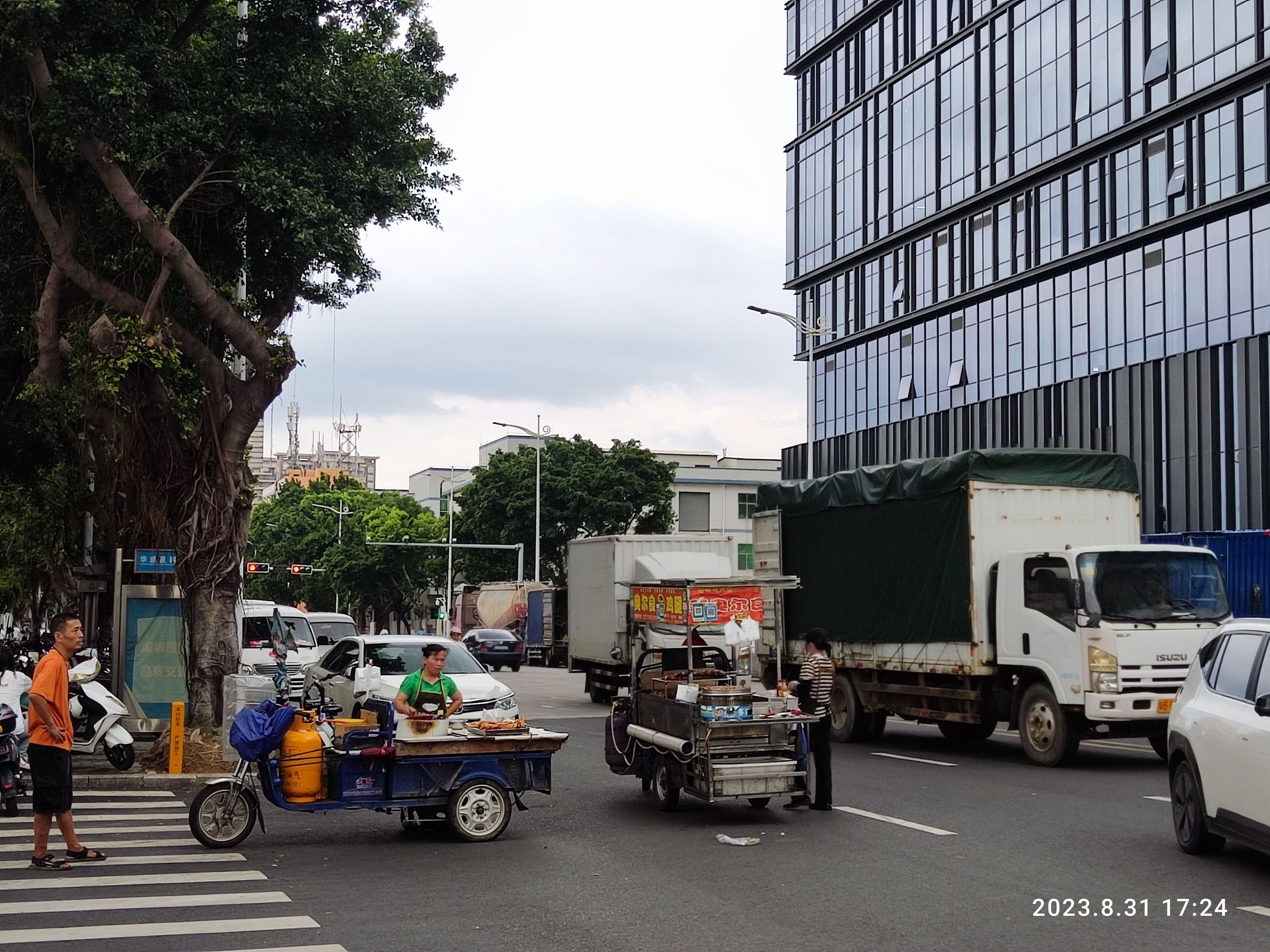

Shenzhen, China’s tech powerhouse, is redefining street food with a fleet of high-tech food trucks. According to the Shenzhen Urban Management Bureau, over 1,200 licensed food trucks now operate in the city, up 42% from 2023. These trucks use smart ordering systems, with 95% offering self-service kiosks or mobile app pre-orders. Popular dishes include fusion tacos, robot-cooked noodles, and bubble tea made with precise temperature control. The average daily sales per truck reached 8,300 yuan ($1,150 USD) in the first quarter of 2025. The city announced plans to expand designated food truck zones, aiming to boost night market traffic by 25% this year. Shenzhen’s approach blends convenience, innovation, and safety, setting a new standard for street food nationwide.
Regulation and Renaissance: China’s Street Food Transformation


China’s street food sector is undergoing rapid transformation, balancing tradition with modernization. The Ministry of Commerce reported in February 2025 that the street food industry now employs over 15 million people, a 9% increase from 2022. New government guidelines require all vendors to register and pass food safety exams, resulting in a 27% drop in foodborne illness reports nationwide since 2021. Many cities, including Beijing and Guangzhou, have launched “night economy” initiatives, offering tax breaks and subsidies to encourage new vendors. Analysts estimate the street food industry generated more than 280 billion yuan ($39 billion USD) in revenue in 2024. These changes are ensuring China’s street food scene remains chaotic, flavorful, and—above all—magical for years to come.



